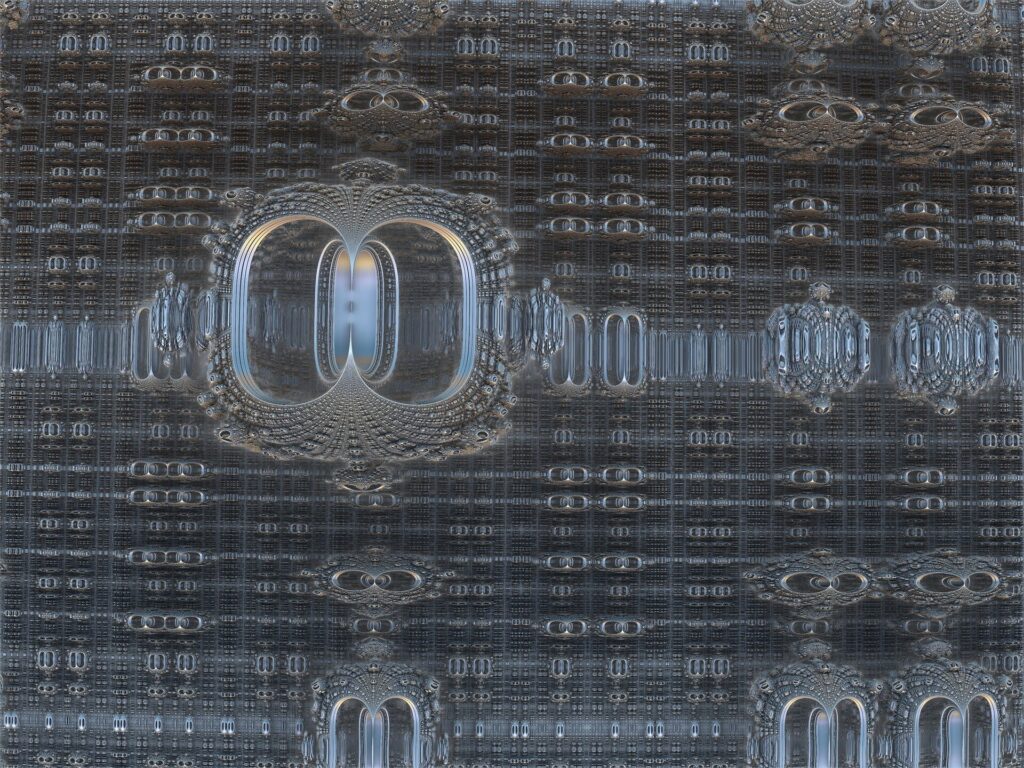
Quantum computing has long promised to revolutionize problem-solving capabilities, offering solutions to challenges that today’s fastest supercomputers cannot tackle. However, the current generation of quantum machines is plagued by fragility, as their quantum bits, or “qubits,” are highly susceptible to environmental disruptions, leading to rapid error accumulation. A promising solution to this issue may lie in a novel approach involving particles dubbed “neglectons.”
The announcement comes as researchers from the University of Southern California (USC) have published a groundbreaking study in Nature Communications that introduces neglectons as a pivotal component in achieving universal quantum computing. The study, led by a team of mathematicians and physicists, suggests that by incorporating these previously overlooked particles, quantum computers can achieve universality, performing any computation through braiding alone.
Revolutionizing Quantum Computing with Anyons
Topological quantum computing is at the forefront of strategies aimed at stabilizing quantum information. This approach encodes quantum data in the geometric properties of exotic particles known as anyons, which are predicted to exist in specific two-dimensional materials. These particles are believed to be more resistant to noise and interference than traditional qubits.
“Among the leading candidates for building such a computer are Ising anyons,” explained Aaron Lauda, a professor at USC and the study’s senior author. “These are being intensely investigated for their potential realization in exotic systems like the fractional quantum Hall state and topological superconductors.”
However, Ising anyons alone fall short of enabling universal quantum computing. The operations they support, known as Clifford gates, do not suffice for general-purpose computing. The breakthrough came when researchers discovered that by adding a single new type of anyon—the neglecton—Ising anyons could be made universal.
From Mathematical Trash to Quantum Treasure
The key to this discovery lies in a new class of mathematical theories called non-semisimple topological quantum field theories (TQFTs). These extend the standard “semisimple” frameworks that traditionally discard objects with “quantum trace zero,” considering them useless. However, these discarded objects, now recognized as neglectons, provide the missing piece for universal computation.
“It’s like finding treasure in what everyone else thought was mathematical garbage,” Lauda remarked.
In this new framework, neglectons emerge naturally and, when combined with Ising anyons, enable universal computation through braiding alone. Only one neglecton is necessary, and it remains stationary while Ising anyons are braided around it to perform computations.
Overcoming Mathematical Challenges
The development was not without its hurdles. The non-semisimple framework introduces irregularities that violate unitarity, a principle ensuring probability preservation in quantum mechanics. Most physicists might see this as a fatal flaw, but Lauda’s team devised a solution.
“Think of it like designing a quantum computer in a house with some unstable rooms,” Lauda explained. “Instead of fixing every room, you ensure all of your computing happens in the structurally sound areas while keeping the problematic spaces off-limits.”
By carefully designing the quantum encoding, the team isolated these irregularities away from the actual computation, ensuring that quantum information remains in the parts of the theory that behave properly.
Implications for the Future of Quantum Computing
This breakthrough illustrates the power of abstract mathematics in solving concrete engineering problems. By embracing previously disregarded mathematical structures, the team has opened new avenues for quantum information science.
Mathematically, the researchers are working to extend their framework to other parameters and clarify the role of unitarity in non-semisimple TQFTs. Experimentally, they aim to identify material platforms where the stationary neglecton could arise and develop protocols to translate their braiding-based approach into realizable quantum operations.
“What’s particularly exciting is that this work moves us closer to universal quantum computing with particles we already know how to create,” Lauda said.
The research not only advances theoretical understanding but also sets a clear target for experimentalists. If they can realize this extra stationary anyon, it could unlock the full potential of Ising-based systems, paving the way for a new era in quantum computing.







